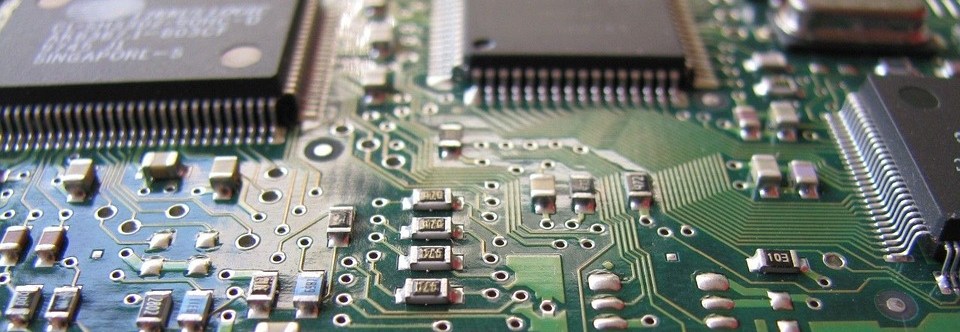Die weltweiten Investitionen in Halbleiter werden 2016 62,8 Milliarden US-Dollar betragen, so eine aktuelle Prognose des IT Research- und Beratungsunternehmens Gartner. Dies entspricht einem Rückgang der Investitionen um 2 Prozent im Vergleich zum Vorjahr. Die Gartner-Prognose von letztem Quartal ging noch von einem Rückgang um 4,7 Prozent aus – der Rückgang fällt also geringer aus als ursprünglich prognostiziert.
»Zwar fällt der Rückgang der Investitionen schwächer aus als letztes Quartal prognostiziert, jedoch bietet der Rückgang des Marktes um 2 Prozent dennoch wenig Anlass zur Freude,« so Senior Research Analyst David Christensen. »Erhöhte Lagerbestände und die geringe Nachfrage bei PCs, Tablets und mobilen Geräten wirken sich auf die Halbleiter-Industrie aus. Dies resultiert in einem sehr langsamen Wachstum der gesamten Halbleiterindustrie, welches im späten Jahr 2015 begann und bis 2016 andauern wird,« so David Christensen weiter.
Gartner Says Worldwide Semiconductor Capital Spending to Decline 2 Per Cent in 2016
Worldwide semiconductor capital spending is projected to decline 2 per cent in 2016, to $62.8 billion, according to Gartner, Inc. (see Table 1). This is up from the estimated 4.7 per cent decline in Gartner’s previous quarterly forecast.
»While the first quarter 2016 forecast has improved from a projected decline of 4.7 per cent in the previous quarter’s forecast, the 2 percent decline in the market for 2016 is still bleak,« said David Christensen, senior research analyst at Gartner. »Excess inventory and weak demand for PCs, tablets, and mobile products continue to plague the semiconductor industry, resulting in a slow growth rate that began in late 2015 and is continuing into 2016.«
Table 1
Worldwide Semiconductor Capital Spending and Equipment Spending Forecast, 2015-2018 (Millions of Dollars)
| 2015 | 2016 | 2017 | 2018 | |
| Semiconductor Capital Spending ($M) |
64,062.9 |
62,795.3 |
65,528.5 |
70,009.5 |
| Growth ( %) | -0.8 | -2.0 | 4.4 | 6.8 |
| Wafer-Level Manufacturing Equipment ($M) |
33,248.1 |
32,642.0 |
34,897.6 |
37,641.1 |
| Growth ( %) | -1.1 | -1.8 | 6.9 | 7.9 |
| Wafer Fab Equipment ($M) | 31,485.4 | 30,841.9 | 32,930.3 | 35,443.4 |
| Growth ( %) | -1.3 | -2.0 | 6.8 | 7.6 |
| Wafer-Level Packaging and Assembly Equipment ($M) |
1,762.7 |
1,800.2 |
1,967.3 |
2,197.7 |
| Growth ( %) | 4.1 | 2.1 | 9.3 | 11.7 |
Source: Gartner (May 2016)
»The slowdown in the devices market has driven semiconductor producers to be conservative with their capital spending plans,« said Mr Christensen. »This year, leading semiconductor manufacturers are responding to anticipated weak demand from semiconductors and preparing for new growth in leading-edge technologies in 2017.«
In addition, the aggressive pursuit of semiconductor manufacturing capability by the Chinese government is an issue that cannot be ignored by the semiconductor manufacturing industry. In the last year, there has been consolidation and merger and acquisition (M&A) activity with specific offers from various Chinese-based entities, indicating the aggressiveness of the Chinese. This will dramatically affect the competitive landscape of global semiconductor manufacturing in the next few years, as China is now a major market for semiconductor usage and manufacturing.
Looking forward, the market is expected to return to growth in 2017. Increased demand for 10 nanometre (nm) and 3D NAND process development in memory and logic/foundry will drive overall spending to grow 4.4 per cent in 2017.
This research is produced by Gartner’s Semiconductor Manufacturing programme. This research programme, which is part of the overall semiconductor research group, provides a comprehensive view of the entire semiconductor industry, from manufacturing to device and application market trends. Additional analysis on the outlook for the semiconductor market can be found at »Forecast Analysis: Capital Spending and Semiconductor Manufacturing Equipment, Worldwide, 1Q16.«

